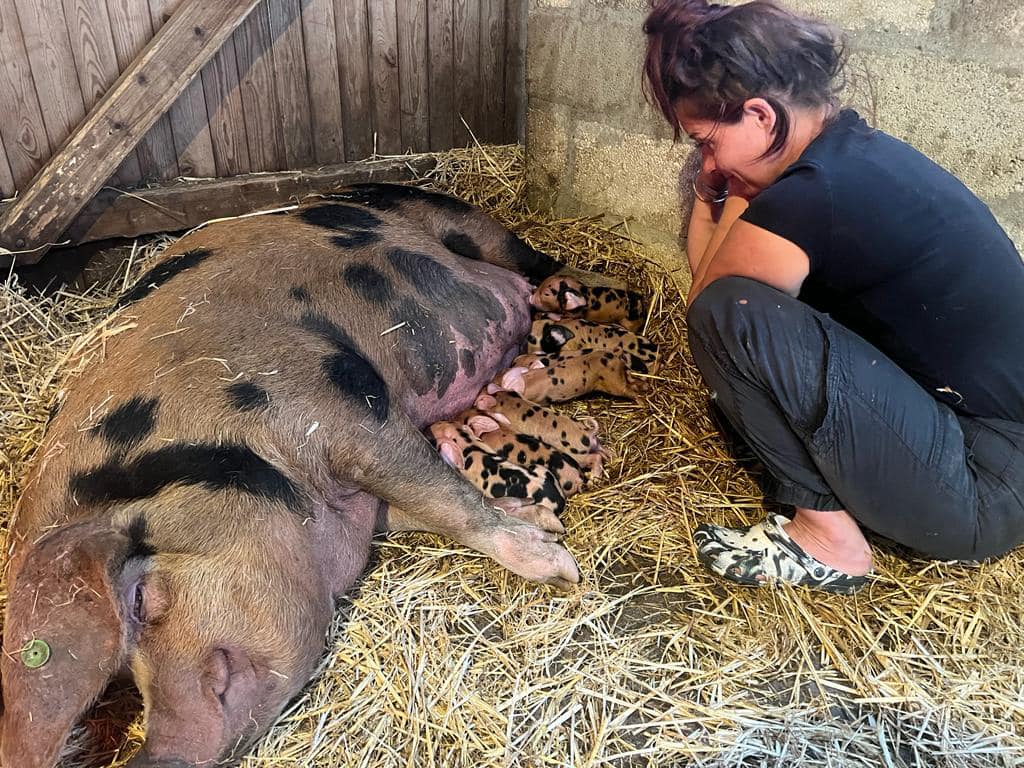
As we witness the wonderful farrowings with the anticipation of more to come, I thought it a perfect opportunity to delve into the different phases of piglet observation and care this week.
We know that recognising those piglets smaller than their littermates often exhibit delayed growth and require additional attention, and as such the following protocols may aid us to minimise the weight disparity between lighter piglets and their larger siblings.
Investigation of various factors affecting birth weight, with the aim of enhancing the postnatal performance of underweight piglets, has resulted in the following findings.
As most of us have witnessed, a common occurrence is litters with diverse birth weights. These variations tend to increase, with an overall trend toward smaller piglets, when the number born alive is higher. There is no need for alarm; entire litters comprised solely of small piglets do not necessarily indicate an issue, as these piglets can still be viable. With the right conditions, low birth weight pigs can catch up in growth to their normal birth weight counterparts. Nonetheless, early intervention remains crucial.
The prospect of piglet survival rates are low if their weight falls below 1 kg. If possible, try to weigh and gauge the number of piglets below 1kg, document the weights to enable to recognise the developments which will help you to offer extra assistance in their development.
Challenges During Foetal Development
- Poor foetus and reduced growth of piglets can be identified as early as 30 days of gestation
- Low birth weight can be a result of an inefficiency of the placenta to transfer nutrients to the foetuses rather than uterine capacity – ensure gilt is not younger than 12 months for service
- Oxygen Deprivation influences the Critical Factor in Foetal Growth, Central Nervous System Impact, and Survival of Piglets
- Some piglets may be petite but exhibit excellent vitality and favourable postnatal behaviours, such as rapid suckling, which significantly contributes to their survival.
- Piglets that are both undersized and weak, which can be indicative of oxygen deprivation, face a significant disadvantage
- It’s important to highlight that the maternal genotype plays a significant role in determining placental efficiency and, consequently, foetal weight, while the potential for growth and size is influenced by the sire line.
The Oxford Sandy and Black Pig Group is UK’s only pig breed that is a registered charity in England & Wales (1190463) and Scotland (SCO52662). We are creating a better future for our breed, the bloodlines and its breeding potential together with our Independent Pork Producers, Breeders and Keepers. Please consider clicking our donate button so we may continue to look after our breed and our supporters.
Follow us on Facebook and see how we support, help and inspire individuals about our rare breed